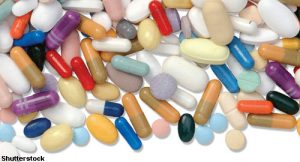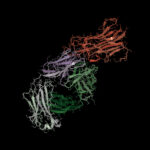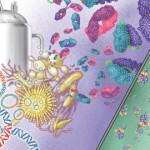 ACR CONVERGENCE 2020—From 2014 through 2018, U.S. patients taking infliximab-dyyb (Inflectra) who were continuously enrolled with medical and pharmacy insurance coverage displayed a high degree of medication adherence, according to a retrospective study from Sarvesh et al.1
ACR CONVERGENCE 2020—From 2014 through 2018, U.S. patients taking infliximab-dyyb (Inflectra) who were continuously enrolled with medical and pharmacy insurance coverage displayed a high degree of medication adherence, according to a retrospective study from Sarvesh et al.1
Using data from an IBM MarketScan commercial insurance database, researchers identified adult patients prescribed infliximab-dyyb (N=533), biosimilar to the reference product Remicade (infliximab). Patients were categorized into the following groups: infliximab-naive biosimilar users; early switchers, who had used the reference product for less than two years; and late switchers, who had used the reference product long term (i.e., more than two years).
The first prescription filled for infliximab-dyyb was the study’s index date, with the baseline defined as 365 days prior to this date. The follow-up period started on the index date and ran through the earliest death date, loss of health insurance coverage date or Dec. 31, 2018. All patients’ baseline characteristics were evaluated, as well as the proportion of days covered at 12 months of follow-up. The proportion of days patients received medication refills categorized the medication adherence level and was broken down further as less than 50%, 50–80% and greater than 80%.
The Data
In the study, 98 patients were infliximab-naive biosimilar users, 114 were early switchers and 113 were late switchers. Infliximab-naive biosimilar users tended to be younger and female. Most patients had inflammatory bowel disease (41–45%), rheumatoid arthritis (15–30%) or psoriasis (10–14%).
Adherence for patients who had more than 12 months follow-up were: 54% of infliximab-naive biosimilar users, 44% of early switchers and 56% of late switchers. The adjusted odds ratio for high adherence among infliximab-naive biosimilar users was 1.68 (P=0.26) and 0.70 (P=0.35) for early switchers, meaning the former group was more likely to adhere to biosimilar treatment than the latter.
This study showed about half the patients were highly adherent to biosimilar treatment use at month 12 of treatment. Further studies are needed to assess long-term adherence to infliximab-based biosimilars.
Michele B. Kaufman, PharmD, BCGP, is a freelance medical writer based in New York City and a pharmacist at New York Presbyterian Lower Manhattan Hospital.
Reference
- Sarvesh S, Alanaeme J, Curtis J, et al. Utilization and adherence among infliximab biosimilar initiators in a U.S. National Commercial Insurance Database (abstract: 0555). Arthritis Rheumatol. 2020 Oct; 72(suppl 10).



